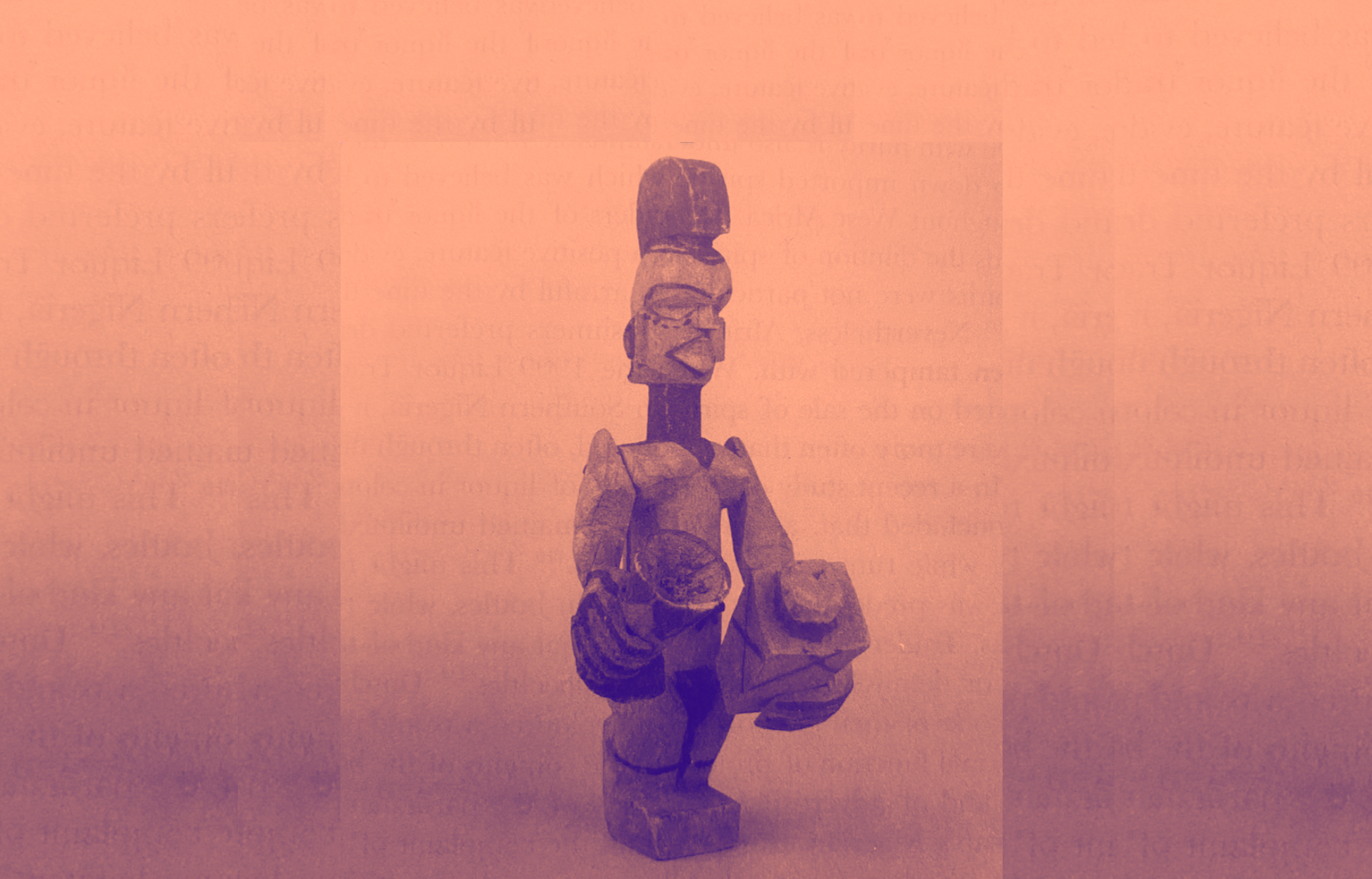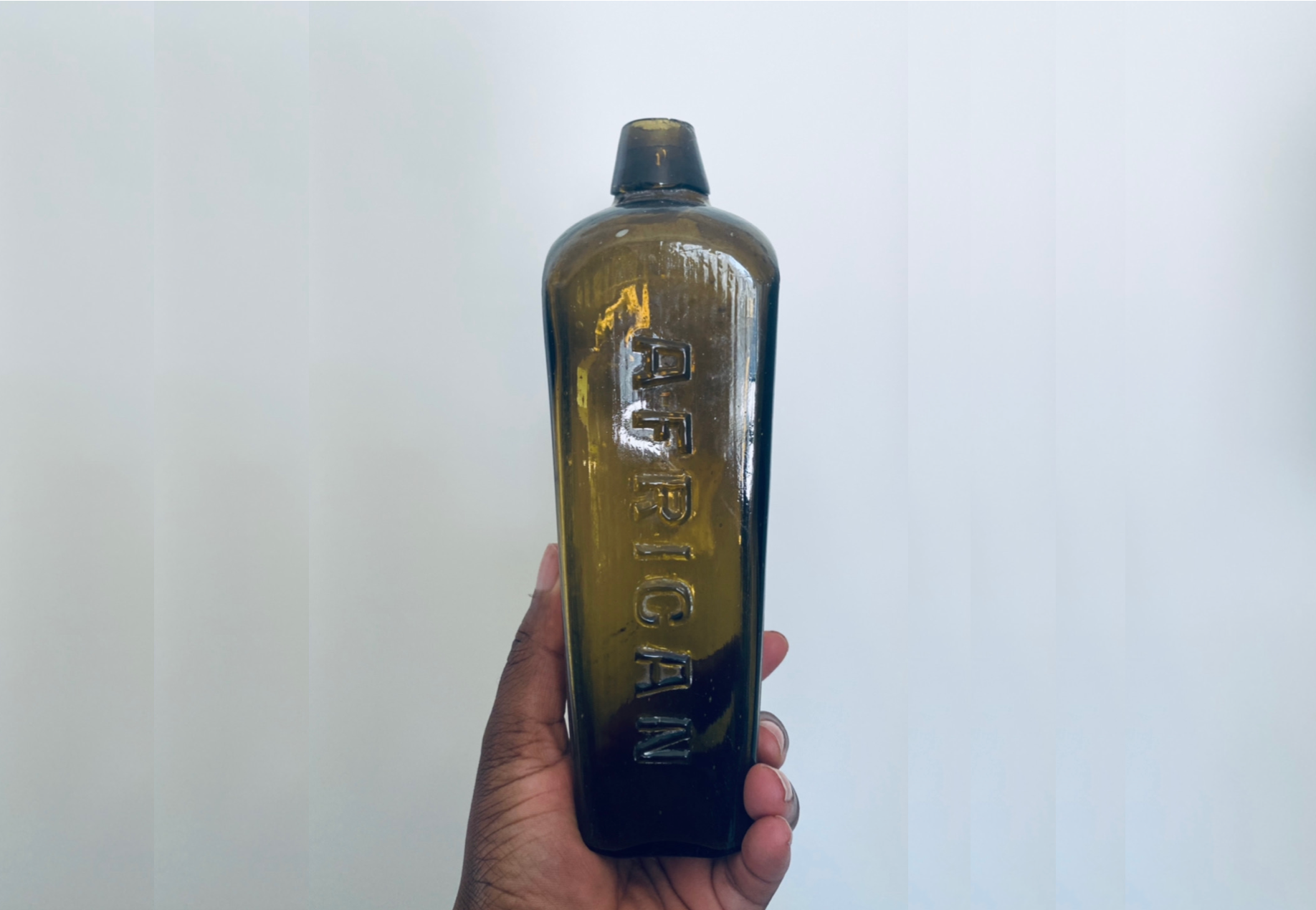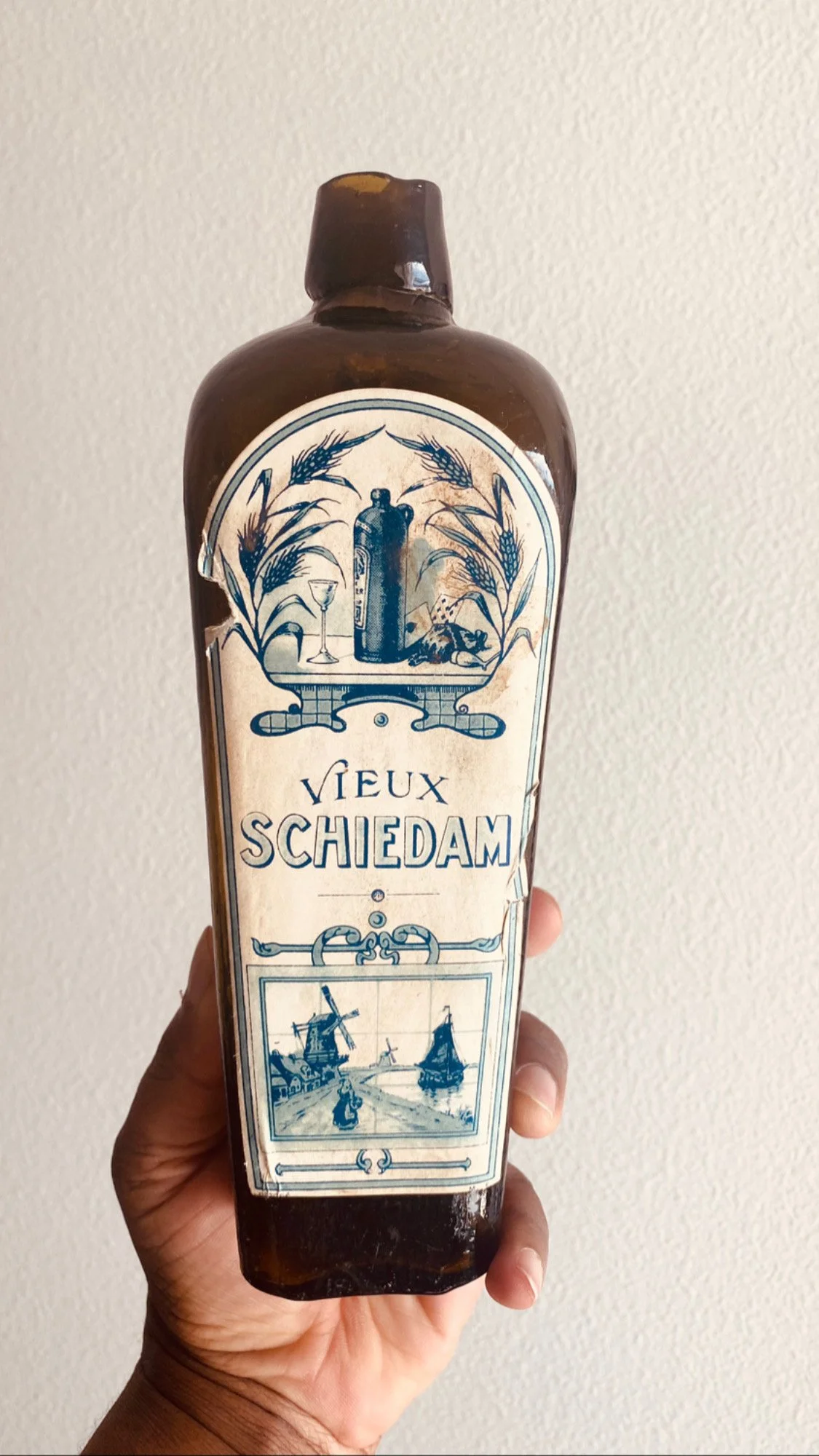
A BRIEF HISTORY OF GIN IN WEST AFRICA
West Africans in what is now Nigeria, Ghana and Benin were sold European gins from the mid 19th Century onwards. Africans were able to buy the gin because they were selling raw commodities to Europeans. However when commodity prices dropped in the decade after the First World War, Nigerians could no longer afford to buy imported gin and so they learned to distill their own version using palm wine during the 1920s and 30s. However this distillation practise faced opposition from their European colonial masters because it meant the natives were not paying duties any longer on the foreign imported gin. And those duties were lucrative. They paid for the entire colonial enterprise. Because the distillation efforts of the Nigerians were a fiscal threat, they were derided, criminalised and labelled "illicit". The stigma of this illicit gin production persists to this day. This palm wine spirit also known as "kaikai", "ogogoro" or "sapele water" is distilled and consumed mostly by poorer West Africans in a more or less informal market. However in the last few years we have seen an interest in bringing this drink to the national and international market. This history of rebellion and independence lives in the DNA of this spirit. And in this time of global reckoning and a rising desire to connect more meaningfully with nature, this spirit, its history and its uses in West Africa have much to teach us.
Anywanwu (sun goddess) shrine created out of “square face” Dutch gin bottles. Awka, Southeast Nigeria, around 1910.
Ibibio canoe charm, featuring a figure carrying a gin bottle. 1905. Artist, and photographer unknown.
“Square face” Dutch gin bottles that were traded in Africa from the mid 19th century.
Gin bottle featuring original Schiedam label.
Gin adverts targeting the West African consumer.








